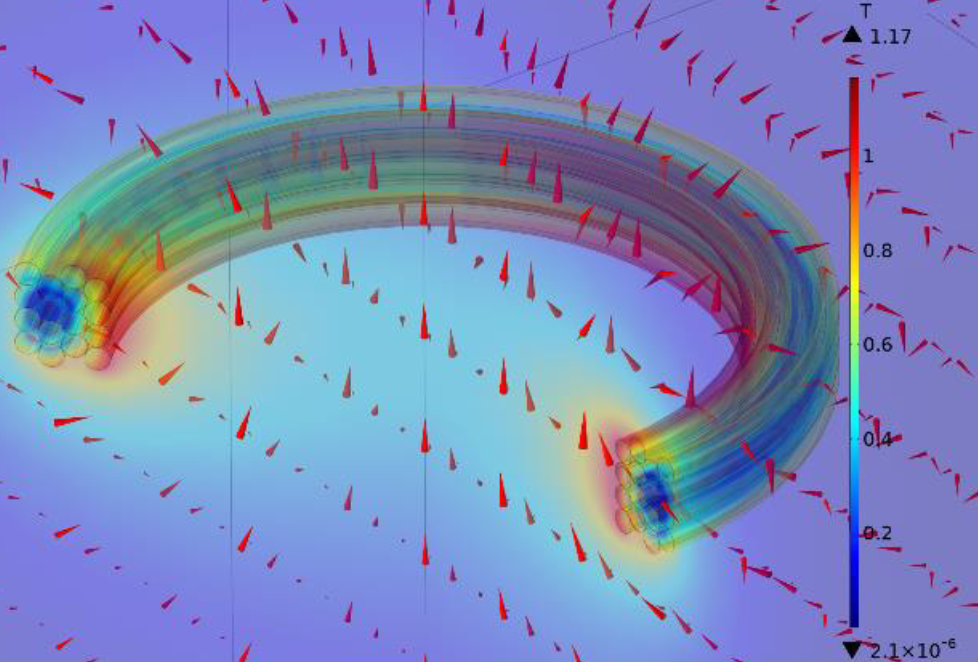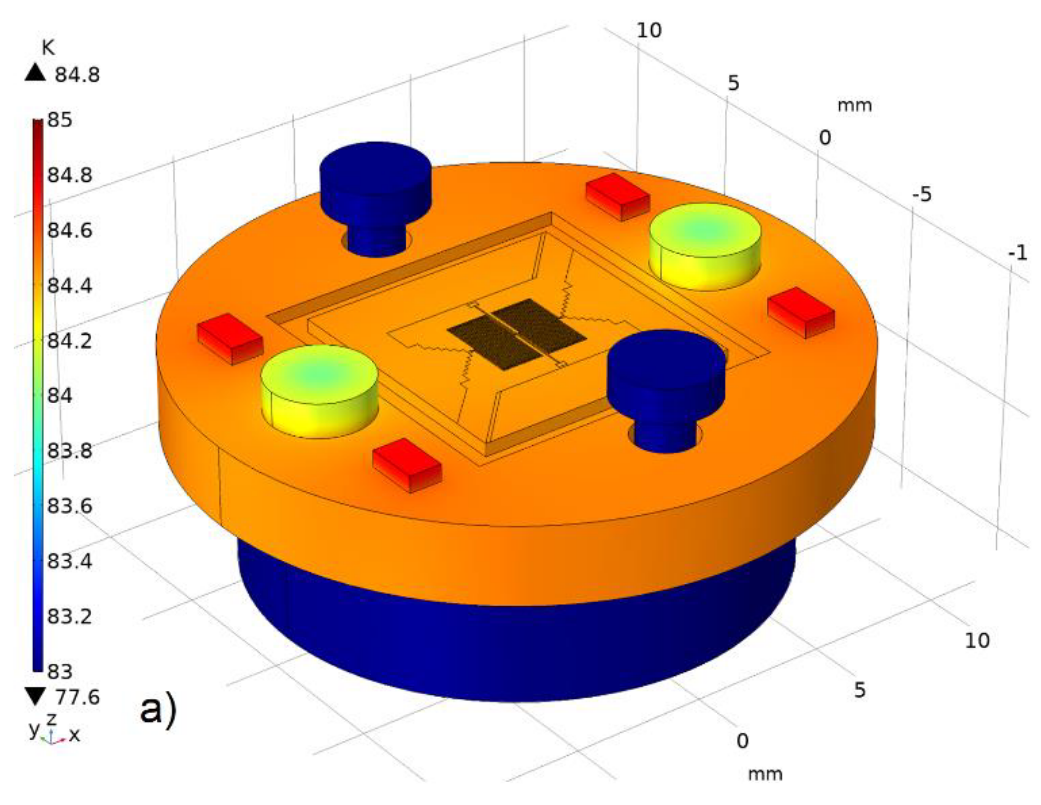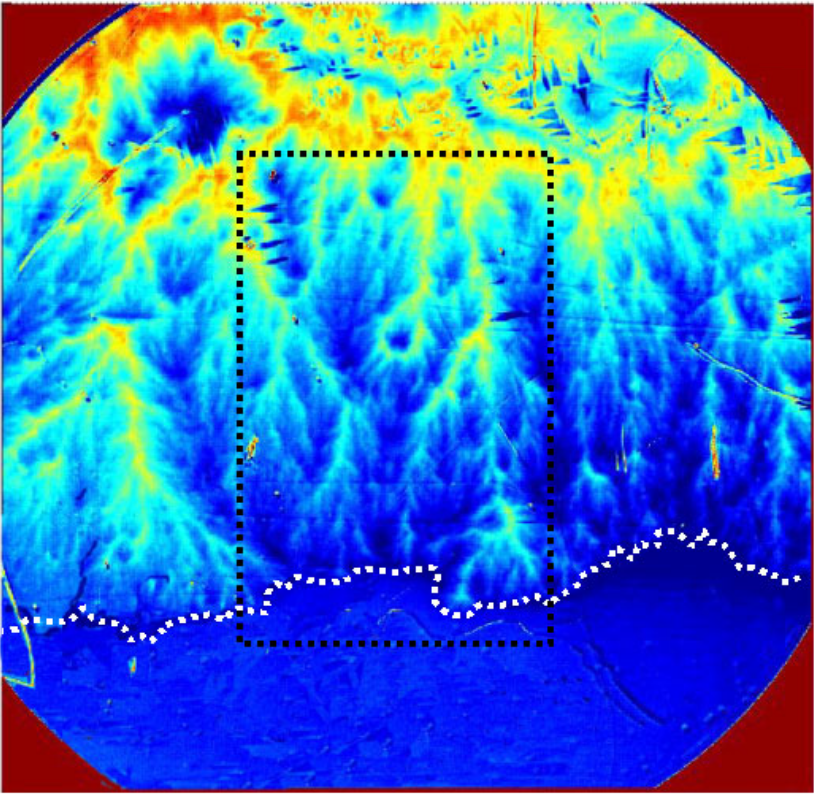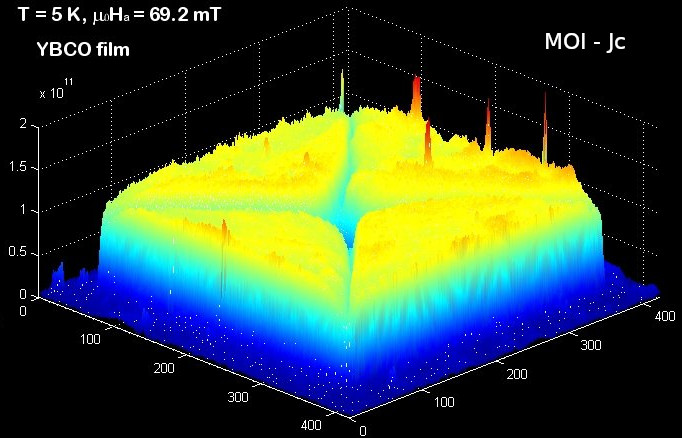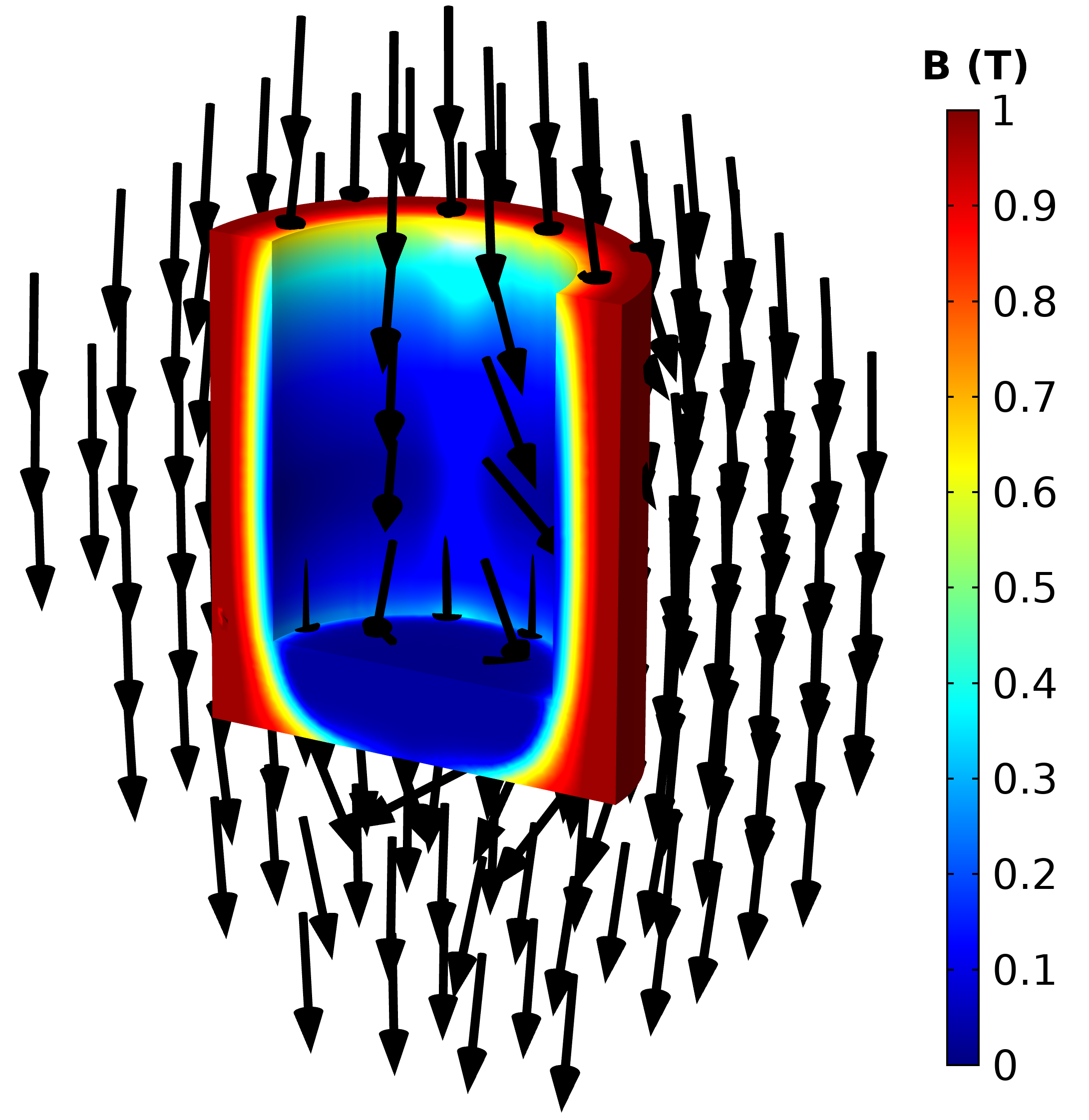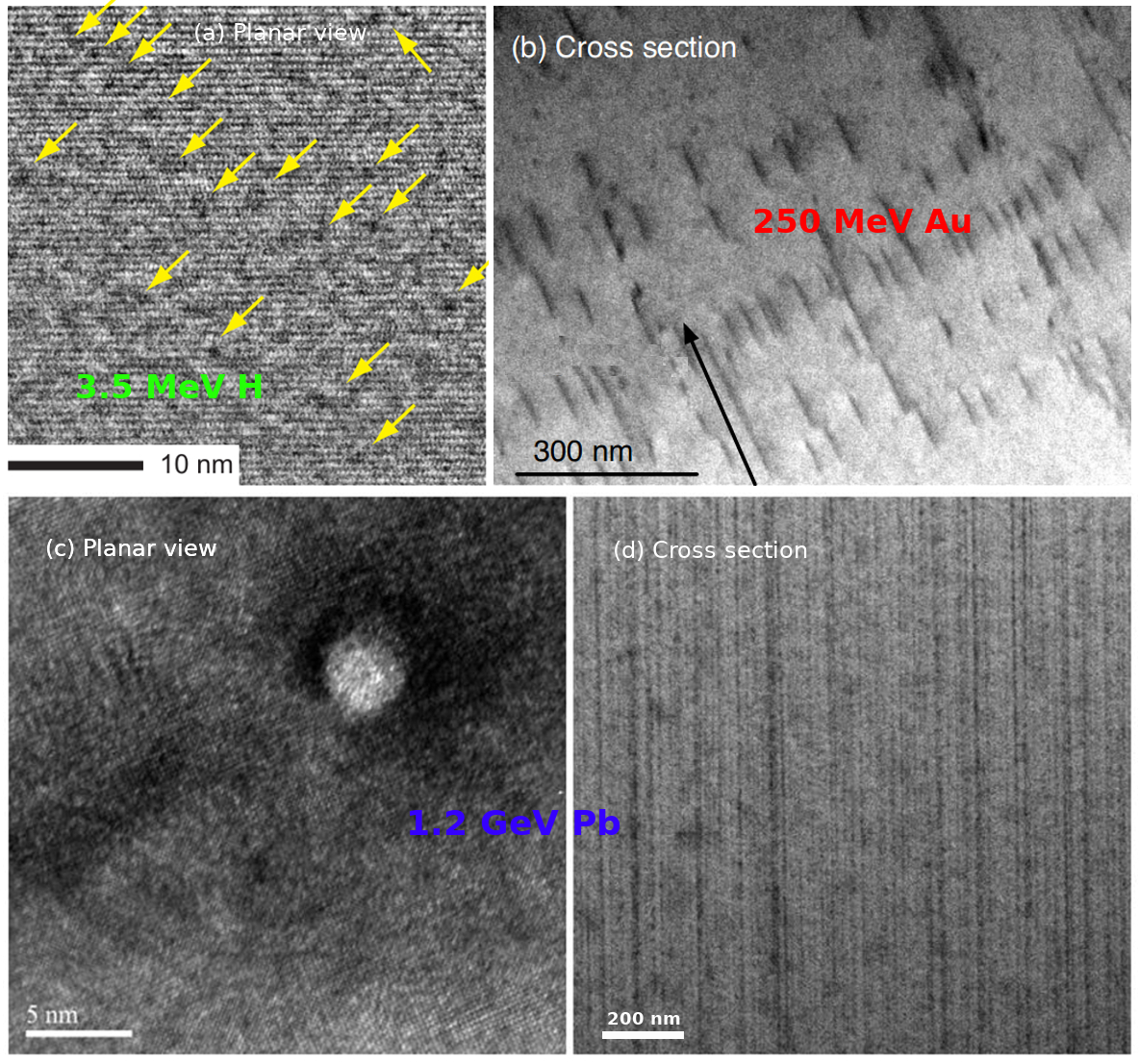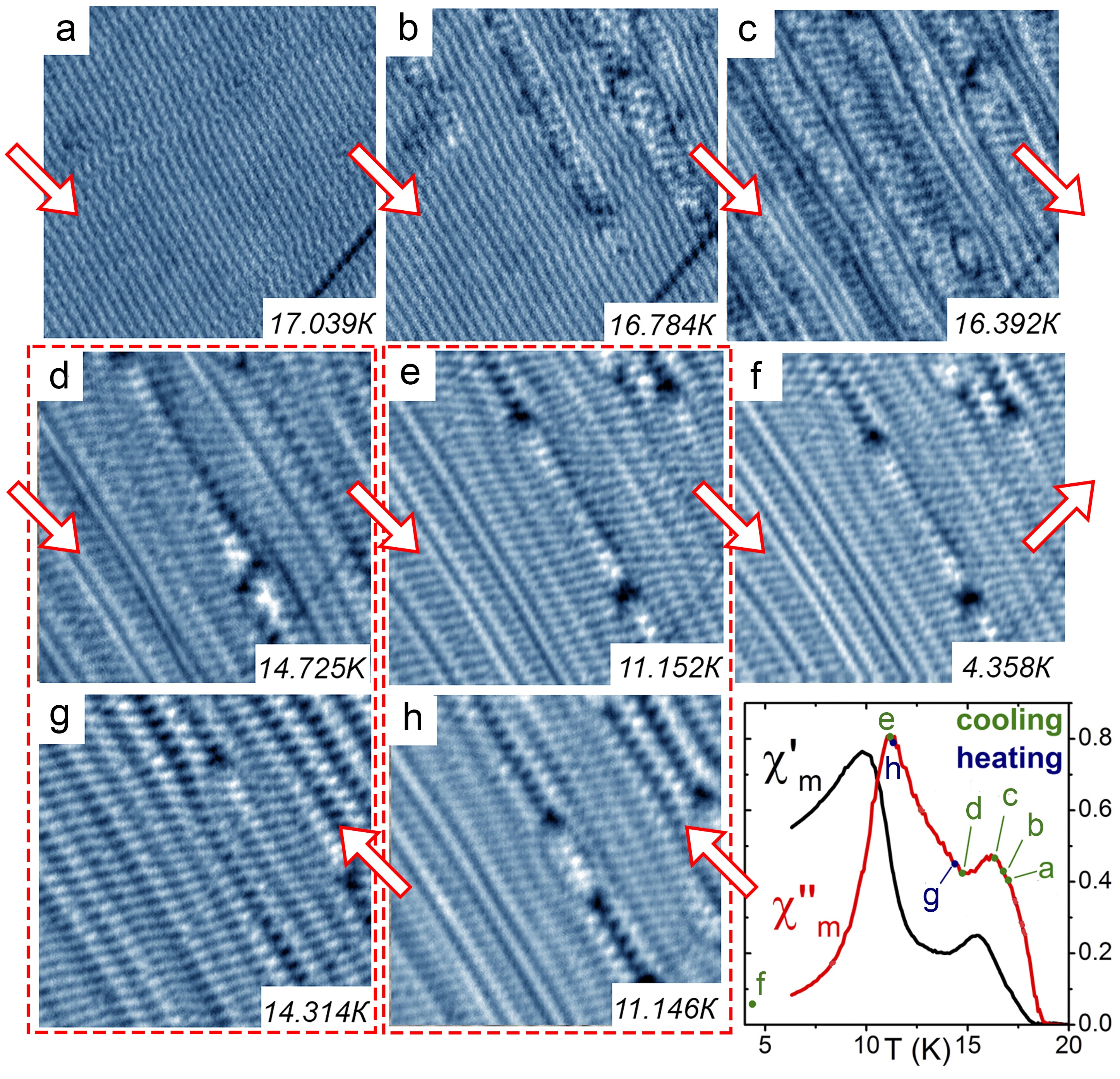Ion-irradiation as a tool to investigate iron-based superconductors: from fundamental understanding to materials engineering
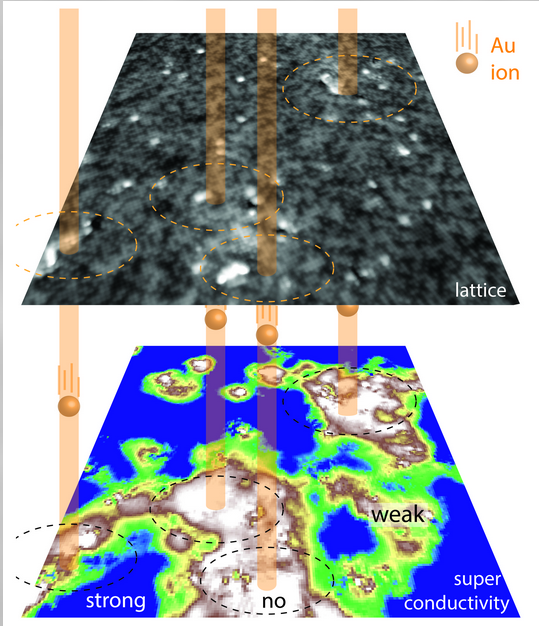
The recently discovered iron-based superconductors (IBS) raised great interest from both the fundamental and the applicative points of view. From one hand, they show unconventional and multi-band superconductivity, and coexistence with a magnetic phase; from the other hand, they promise to be decisive in a number of high-power applications, due to their high critical fields and high critical currents, and devices, e.g. exploiting superconductivity and magnetic features in some of these compounds. Within this framework, ion irradiation reveals to be a valuable tool both for investigating those fundamental properties depending on disorder and for engineering the IBS materials, designing new specific functionalities. Our group is active in this field from many years, in collaboration with main groups in the world producing these materials at the highest level (University of Tokyo, Iowa State University, Argonne National Labs). Among other characterization facilities, we specifically developed a novel microwave technique allowing to determine the IBSs superfluid density and high-frequency conductivity, quantities that are particularly relevant for a comparison with theories.
Investigation of magnetization processes of bulk superconducting materials for the development of devices for shielding and production/optimization of magnetic fields
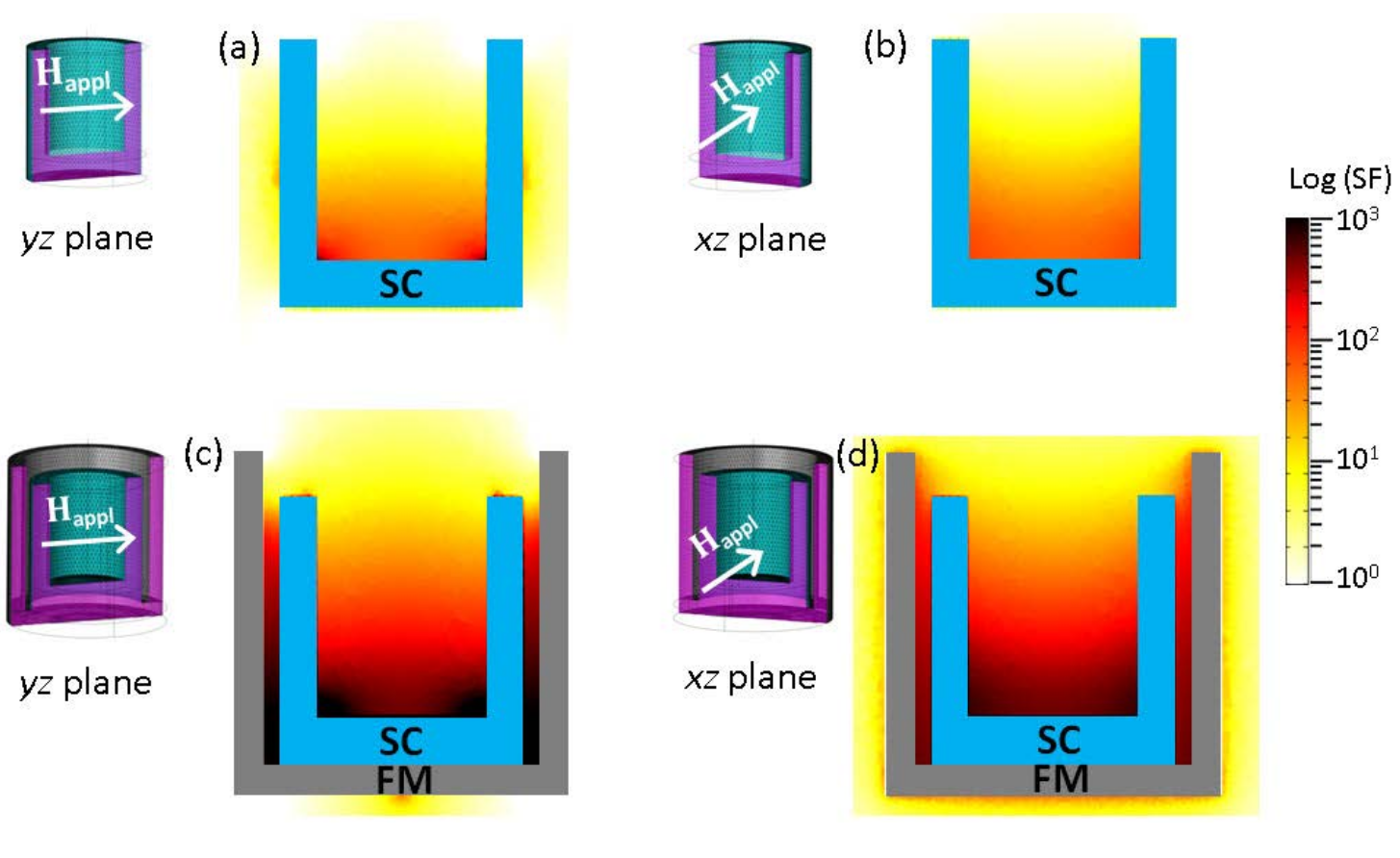
The ability to shield an external magnetic field or to act as a magnetic lens or as a permanent magnet is the basis of
superconducting bulk applications that have attracted remarkable interest in the last few years. Indeed, in this field the technology based on the use of bulk superconductors with
medium-high transition temperature has made enormous progress, joining the optimization of the material growth techniques
with calculation techniques able to study the magnetization processes of such materials and predict the performance of future
devices. In addition, a further improvement in the performances of these devices is expected by combining superconducting
and ferromagnetic materials in the device geometry.
Our group has been working in this research field for some years and proposes a PhD project focused on the study of the
magnetic behavior of bulk superconductors such as superconducting cuprates and MgB2 . This study will deal with:
- experimental characterizations (mainly focusing on local and non-local magnetic measurements)
- numerical simulations to reproduce and assist in the interpretation of experimental results, and guide the design and
fabrication of prototype of passive magnetic shields, permanent magnets, magnetic lenses.
Furthermore, the magnetization processes of superconducting-ferromagnet hybrid systems will also be analyzed in order to
achieve a better control of both magnetic shielding and magnetic flux trapping/concentration processes.
Neutron damage in superconductors for magnets for fusion plasma confinement
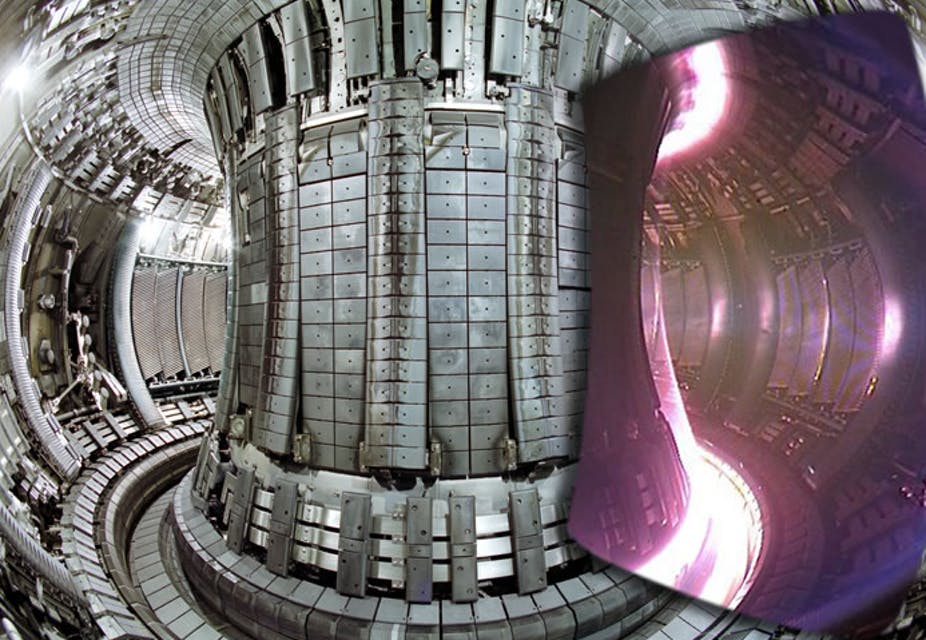
Compact fusion reactors require extremely high magnetic fields, achievable only with unconventional superconductors. However the materials need to withstand harsh radiation conditions, and their ability to do so still needs to be investigated. The proposed activity includes the development of models for the simulation of radiation induced damage on superconducting cables in the real working conditions of magnets for thermonuclear fusion, and the experimental characterization of superconducting cables exposed to radiation in order to validate these models. These studies will allow both evaluating the radiation hardness of the materials, and investigating the possibility to optimize their performance in terms of maximum transportable current and generated magnetic field (vortex pinning optimization) via ion irradiation. Both these goals are pivotal for the design and the development of superconducting magnets for fusion plasma confinement, which are capable of reaching the high magnetic induction required for compact high-performance fusion reactors, namely advanced thermonuclear fusion reactors that are necessary to achieve the green transition, finally abandoning fossil fuel generation of energy.
Latest publications
- Complex vortex-antivortex dynamics in the magnetic superconductor EuFe2(As0.7P0.3)2
- Triple ion beam irradiation of glass-ceramic materials for nuclear fusion technology
- Microwave Analysis of Unconventional Superconductors with Coplanar-Resonator Techniques
- High-Frequency ac Susceptibility of Iron-Based Superconductors
- Nodal multigap superconductivity in the anisotropic iron-based compound RbCa2Fe4As4F2
- Modelling and Performance Analysis of MgB2 and Hybrid Magnetic Shields
- Design of a Module for a 10 MJ Toroidal YBCO Superconducting Magnetic Energy Storage
